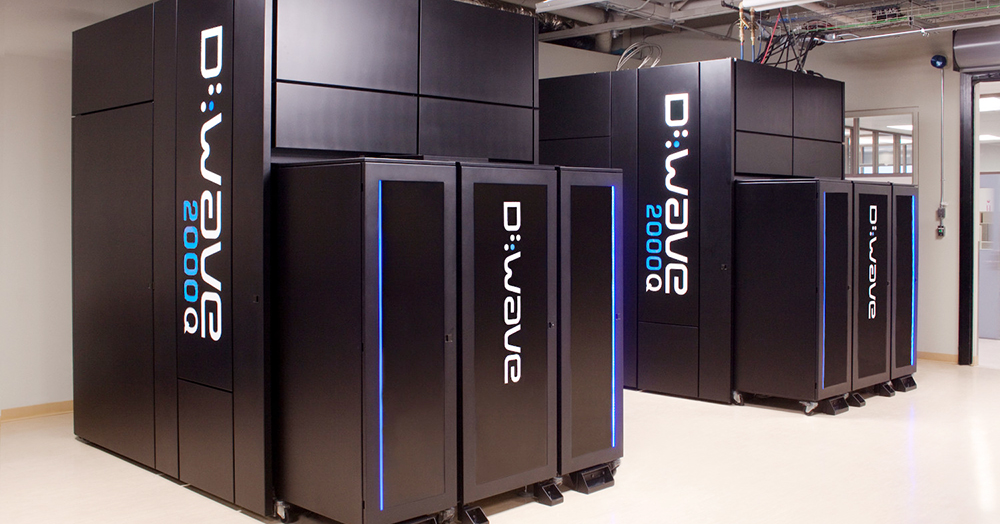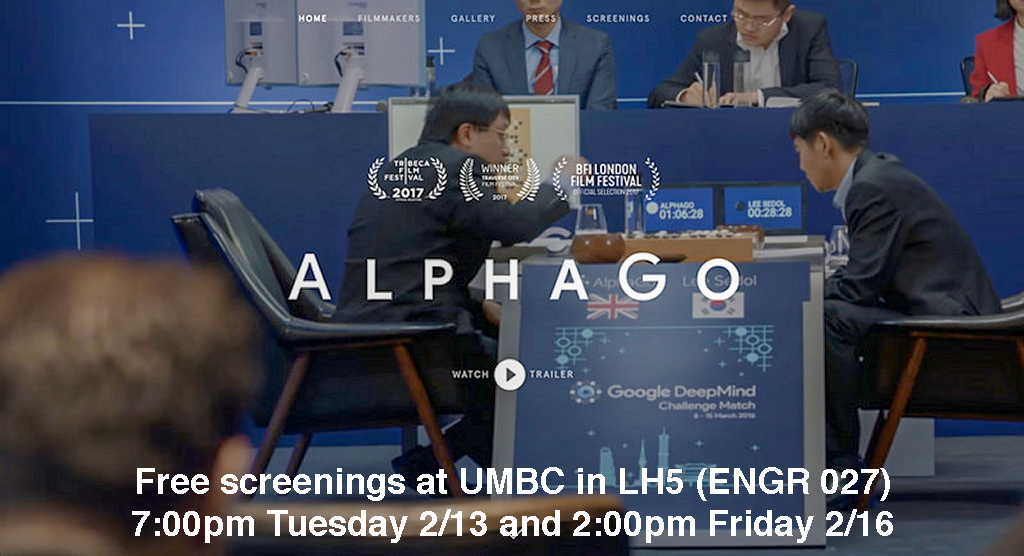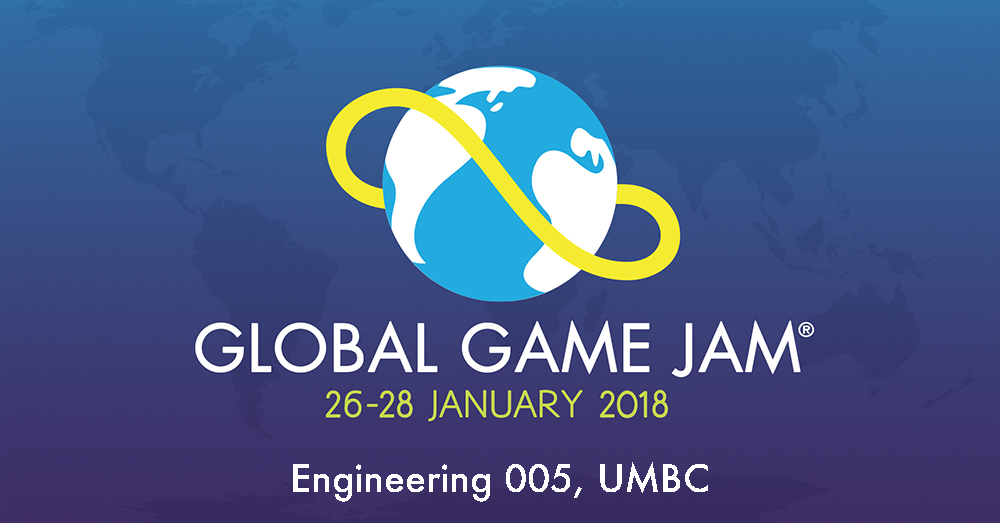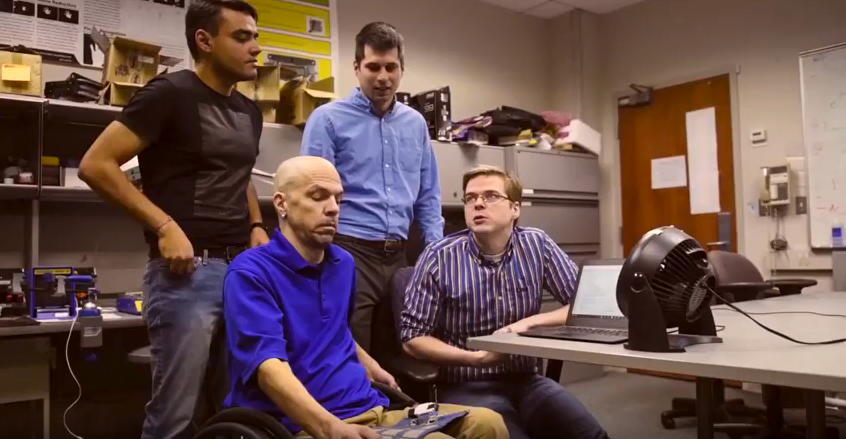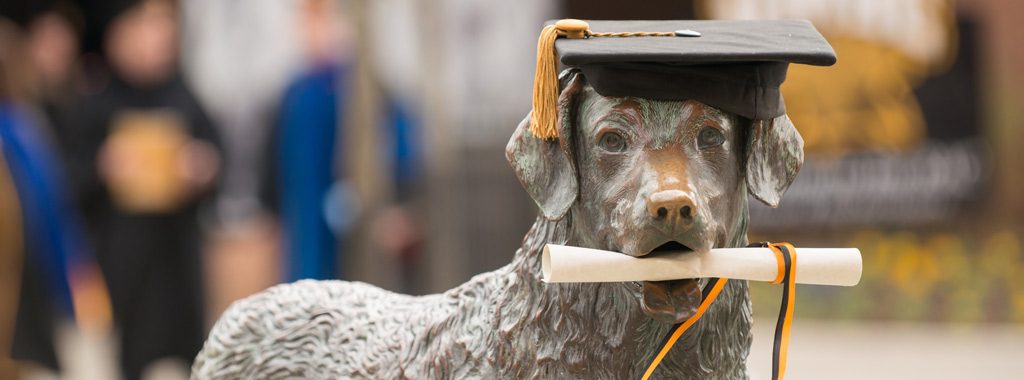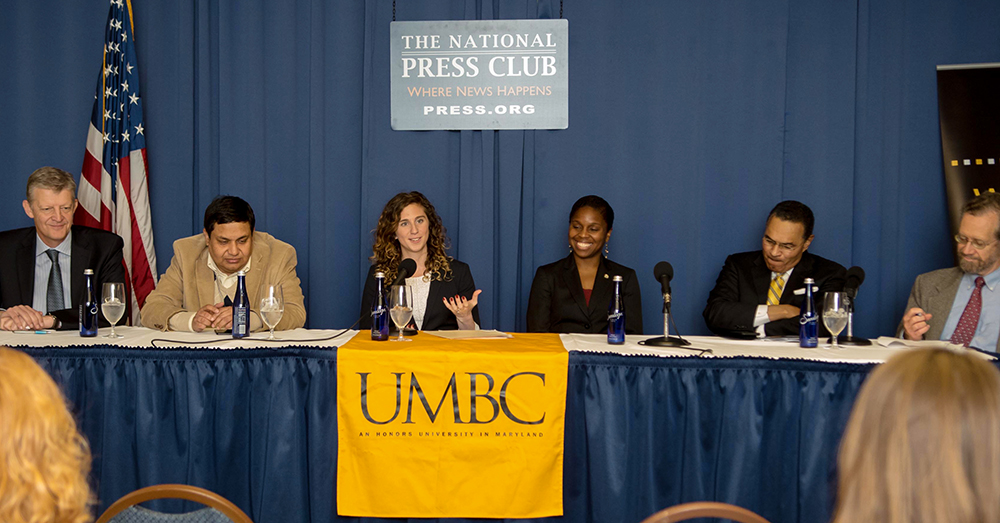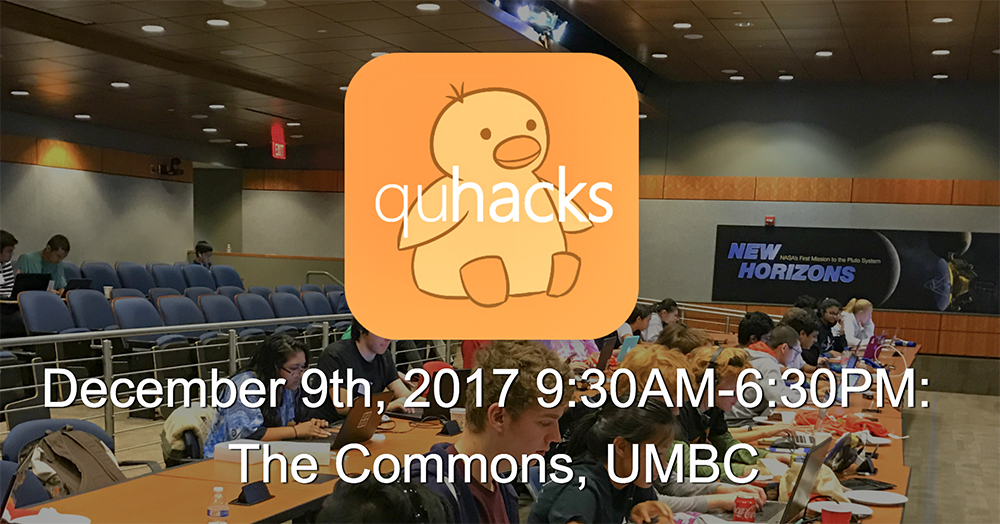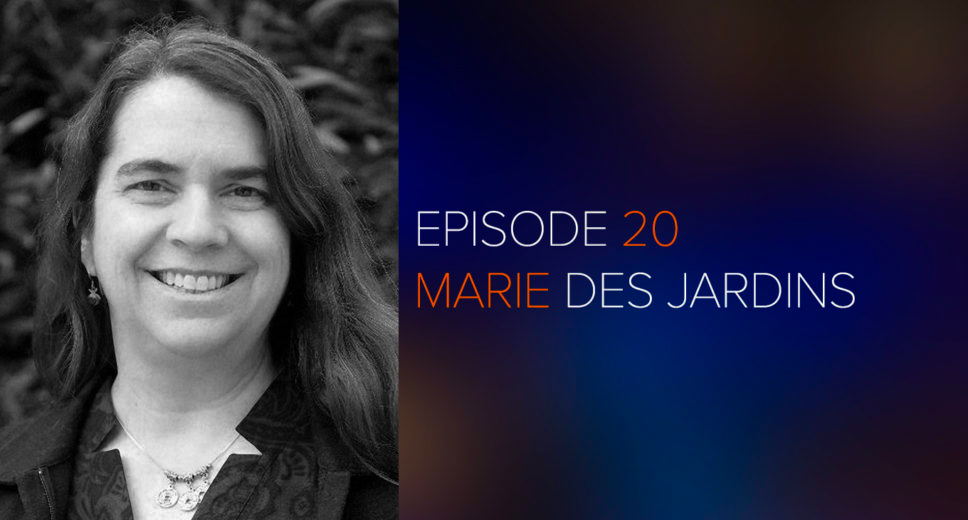CHMPR Distinguished Lecture Series
Nonnegative Binary Matrix Factorization
with a D-Wave Quantum Annealer
Dr. Daniel O’Malley
Los Alamos National Laboratory
1:30 15 February 2018, ITE325, UMBC
D-Wave quantum annealers represent a novel computational architecture and have attracted significant interest. Much of this interest has focused on the quantum behavior of D-Wave machines, and there have been few practical algorithms that use the D-Wave. Machine learning has been identified as an area where quantum annealing may be useful. Here, we show that the D-Wave 2X can be effectively used as part of an unsupervised machine learning method. This method takes a matrix as input and produces two low-rank matrices as output — one containing latent features in the data and another matrix describing how the features can be combined to approximately reproduce the input matrix. Despite the limited number of bits in the D-Wave hardware, this method is capable of handling a large input matrix. The D-Wave only limits the rank of the two output matrices. We apply this method to learn the features from a set of facial images and compare the performance of the D-Wave to two classical tools. This method is able to learn facial features and accurately reproduce the set of facial images. The performance of the D-Wave is mixed. It outperforms the two classical codes in a benchmark when only a short amount of computational time is allowed (200-20,000 microseconds), but these results suggest heuristics that would likely outperform the D-Wave in this benchmark.
Daniel O’Malley is a scientist in the Computational Earth Science group at Los Alamos National Laboratory (LANL). Prior to that, he held postdoctoral positions at LANL and in the Department of Earth, Atmospheric and Planetary Sciences at Purdue University. He studied at Purdue University, receiving a B.S. degree in computer science and mathematics (2004), an M.S. in mathematics (2006) and a Ph.D. in applied mathematics (2011). His research interests include computational science (with an emphasis on subsurface flow and transport), quantum computing, uncertainty quantification, and machine learning. He has won numerous awards including a Director’s Postdoctoral Fellowship from LANL (2014), the InterPore-Fraunhofer Award for Young Researchers from the International Society for Porous Media (2012), a Charles C. Chappelle Fellowship from Purdue University (2004), and the Meyer E. Jerison Memorial Award in Analysis from the Department of Mathematics at Purdue University (2004).
